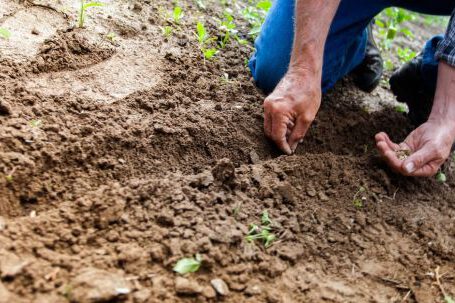Pruning shears are an essential tool for any gardener or landscaper. They allow you to trim and shape plants, making them healthier and more aesthetically pleasing. However, with so many options available on the market, it can be overwhelming to choose the right pruning shears for your needs. In this article, we will discuss the key factors to consider when selecting the best pruning shears.
1. Consider the Blade Material
The blade material is an important aspect to consider when choosing pruning shears. Generally, there are two common types of blade materials: steel and titanium. Steel blades are durable and affordable, making them a popular choice among gardeners. On the other hand, titanium blades are lightweight and rust-resistant, making them ideal for those who frequently work in wet environments.
2. Evaluate the Blade Type
Pruning shears come in different blade types, each suited for specific pruning tasks. Bypass blades are the most common and recommended for general pruning. They have a curved blade that bypasses a flat surface, providing a clean and precise cut. Anvil blades, on the other hand, have a single cutting blade that closes against a flat surface. They are more suitable for cutting thicker branches and deadwood.
3. Check the Cutting Capacity
The cutting capacity of pruning shears refers to the maximum branch thickness they can cut. It is crucial to choose shears that can handle the size of branches you typically encounter in your garden. For light pruning, shears with a cutting capacity of ½ inch are usually sufficient. However, if you have larger plants or trees, you may need pruning shears with a cutting capacity of 1 inch or more.
4. Consider the Ergonomics
Since pruning can be a repetitive task, it is essential to choose shears that are comfortable to use. Look for shears with ergonomic handles that fit well in your hand and provide a firm grip. Some shears also have shock-absorbing features, which reduce strain on your hand and wrist. Additionally, adjustable handles can be beneficial for users with different hand sizes.
5. Look for Safety Features
Safety should be a top priority when working with pruning shears. Look for shears with safety features like a locking mechanism that keeps the blades closed when not in use. This prevents accidental cuts and injuries. Some shears also have a sap groove that prevents the blades from sticking together, ensuring smooth and efficient cutting.
6. Consider the Maintenance Requirements
Pruning shears require regular maintenance to keep them in optimal condition. Look for shears that are easy to clean and maintain. Some shears have replaceable blades, which can extend their lifespan. Additionally, shears with a corrosion-resistant coating or non-stick coating are easier to clean and less likely to get jammed with sap.
In conclusion, choosing the best pruning shears involves considering several factors such as blade material, blade type, cutting capacity, ergonomics, safety features, and maintenance requirements. Evaluating these factors will ensure that you select shears that are durable, efficient, and comfortable to use. Remember to consider your specific pruning needs and preferences when making your decision. By investing in quality pruning shears, you will be equipped to keep your garden looking beautiful and well-maintained for years to come.





